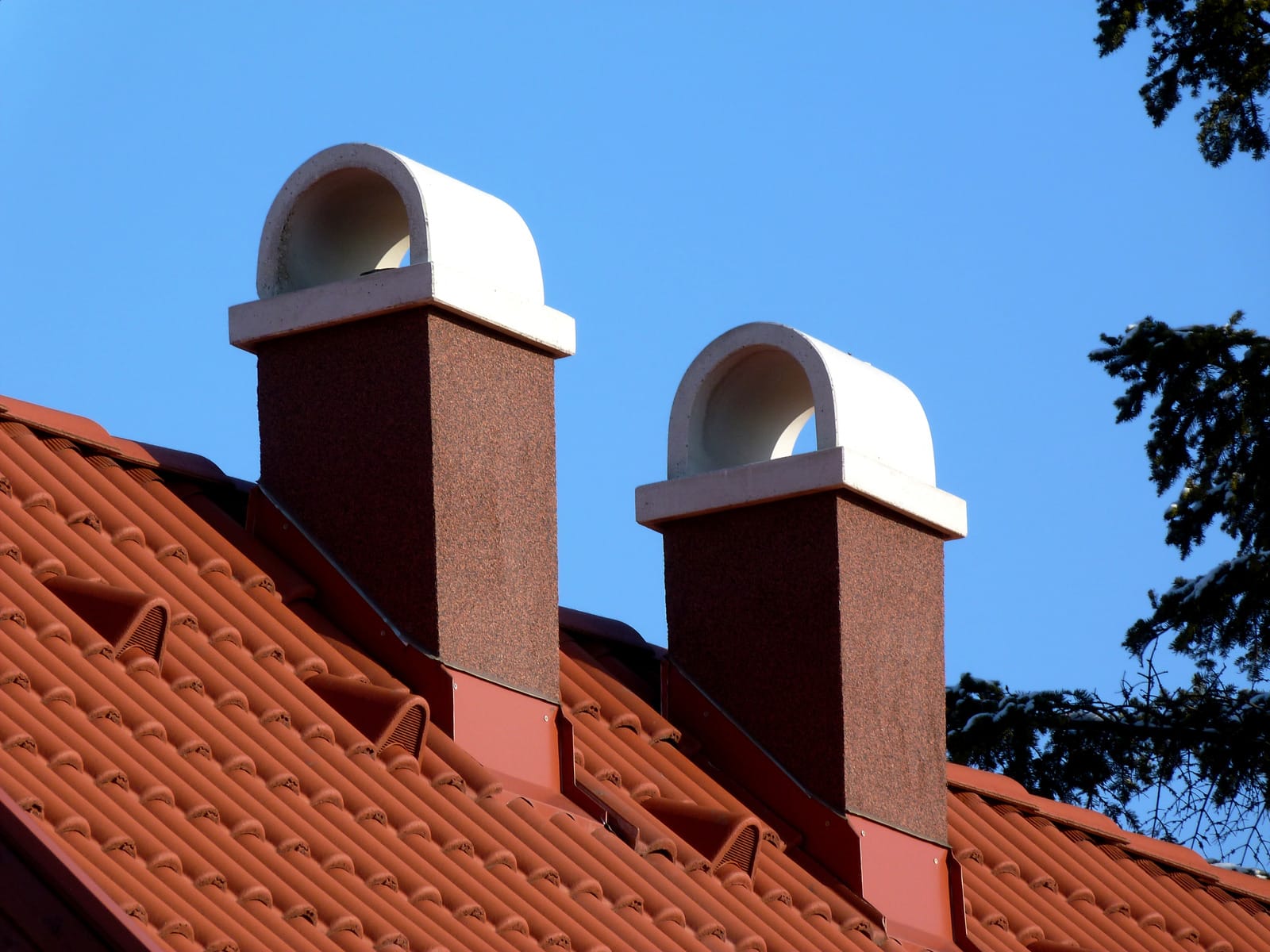
A well-functioning chimney is essential for the safe and efficient operation of your fireplace or wood-burning stove. However, many homeowners may not be aware of the various components that make up a chimney and how they work together. In this blog post, we will explore the anatomy of a chimney, explaining its key parts and their functions to help you better understand and maintain your chimney system.
1. Chimney Cap
The chimney cap sits atop the chimney and serves several important functions. It prevents rain, debris, and animals from entering the flue while also acting as a spark arrestor to prevent embers from escaping and causing roof fires. Chimney caps also help reduce downdrafts and improve draft efficiency.
2. Chimney Crown
The chimney crown is the sloping, concrete surface that surrounds the top of the chimney. It seals the top of the masonry chimney structure, directing water away from the flue and preventing moisture damage to the chimney's interior.
3. Chimney Flue
The flue is the vertical, inner passageway of the chimney through which combustion byproducts, such as smoke and gases, are vented to the outside. The flue should be appropriately sized for your specific appliance to ensure proper draft and safe operation.
4. Flue Liner
The flue liner is a protective layer that lines the interior of the flue, providing a smooth, heat-resistant surface. It helps contain combustion byproducts and protect the chimney's masonry structure from heat and corrosive gases. There are several types of flue liners, including clay tile, metal, and cast-in-place liners.
5. Chimney Damper
The chimney damper is located just above the firebox and acts as a valve to control the flow of air through the chimney. When the fireplace is not in use, the damper should be closed to prevent drafts and heat loss. When the fireplace is in use, the damper should be open to allow smoke and gasses to exit through the flue.
6. Smoke Chamber
The smoke chamber is the area above the fireplace opening and below the flue. Its walls slope inward to compress and guide smoke and combustion byproducts upward into the flue. A well-designed smoke chamber is crucial for proper draft and efficient fireplace operation.
Conclusion
Understanding the anatomy of a chimney and how its various components work together is essential for maintaining a safe and efficient fireplace system. Regular inspections and cleanings by a professional chimney sweep can help identify and address any issues before they become more significant problems.
For expert chimney maintenance, repair, and installation services, trust Chimney Sweep Masters. Our team of skilled technicians will ensure your chimney system is operating at its best, keeping your home safe and comfortable. +1 (310) 919-4862 to schedule a service appointment.